
Carbon Footprint Analysis Finds BioCraft Pet Nutrition Ingredients Produce Fraction of Emissions of Conventional Beef …
The carbon footprint of BioCraft’s animal cell-cultured pet food ingredient is one-twelfth that of …

The carbon footprint of BioCraft’s animal cell-cultured pet food ingredient is one-twelfth that of …
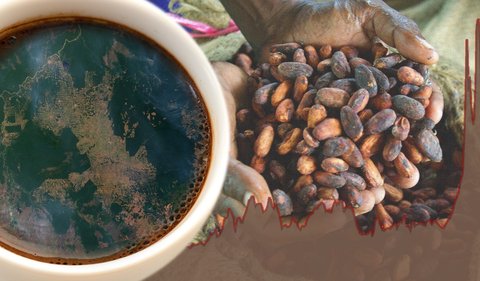
For the first time, agricultural innovation may align with both the economics of venture capital and …
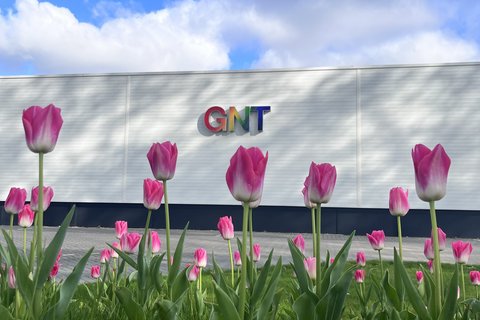
GNT has passed the halfway mark in its mission to reduce carbon intensity at its EXBERRY color …

Finnish biotech company Enifer has released the results of its latest Life Cycle Assessment (LCA), …
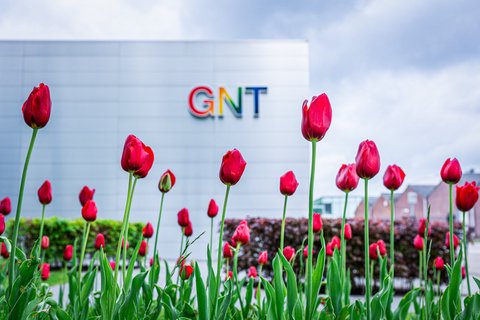
GNT has earned its first EcoVadis gold medal for environmental and ethical activities, ranking the …
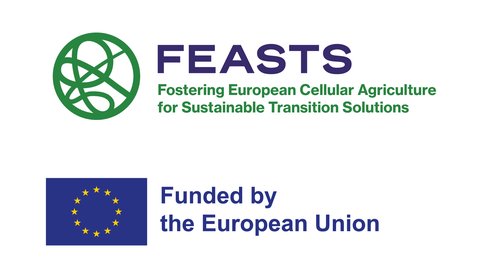
FEASTS is a groundbreaking, collaborative research programme funded by the EU, with the goal to …

Synonym, the data-driven infrastructure development, and management platform for the bioeconomy, …
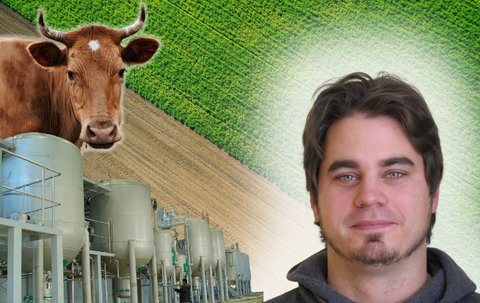
What options are on the food-tech menu for achieving long-term protein security? Cell culture, …

New research shows degree of climate benefits depend on extent consumers are willing to shift diets, …
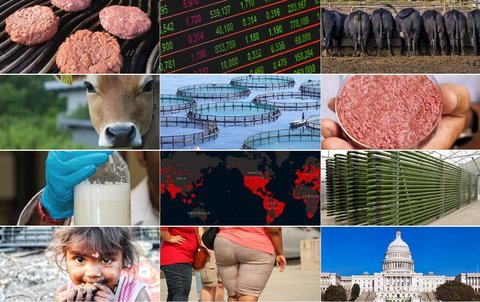
Open to undergraduate and graduate students from around the world, the Student Essay Contest …
No spam. Unsubscribe anytime.